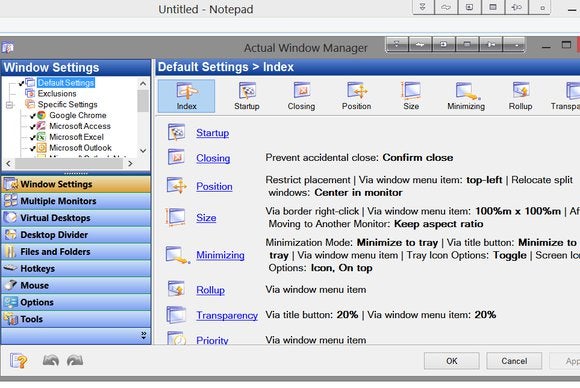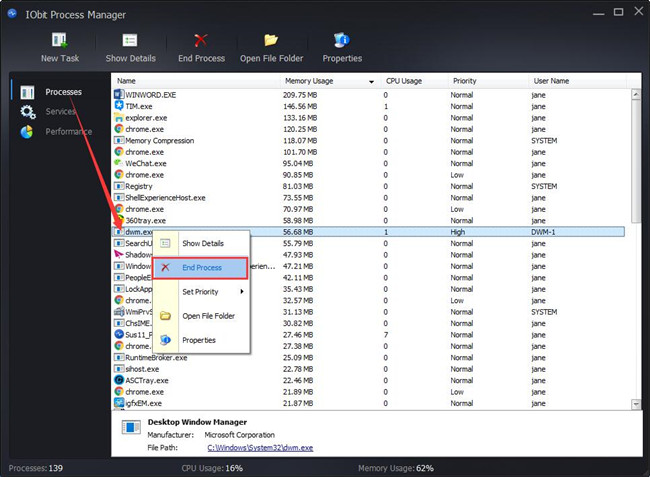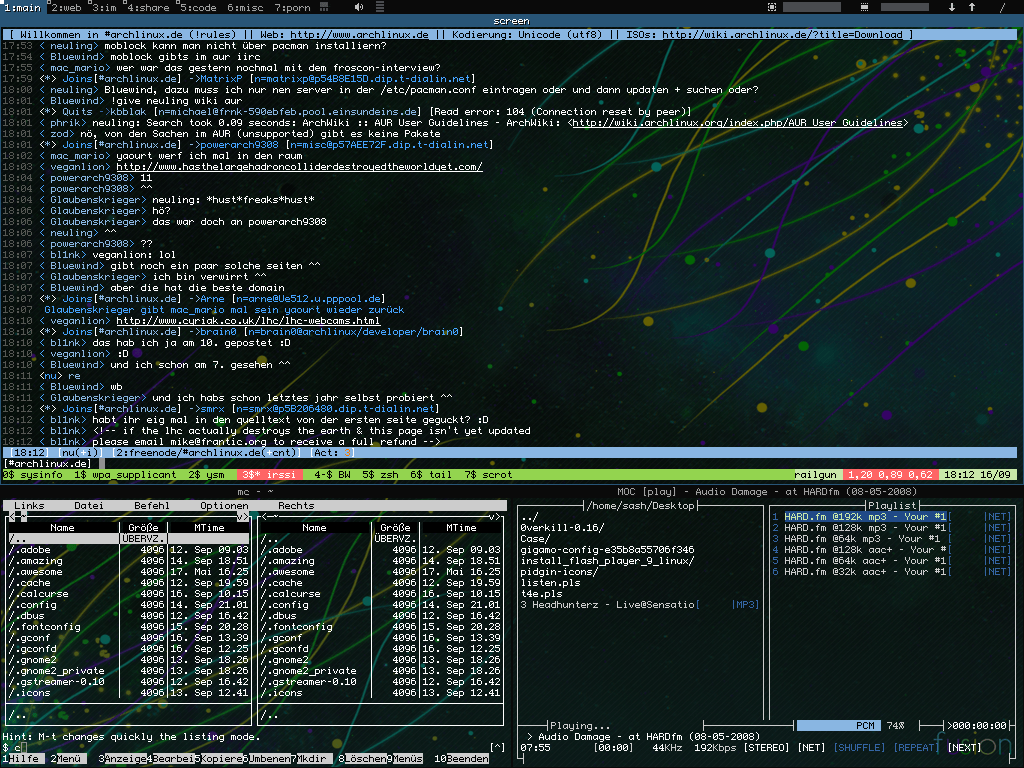

In this method, we will show you how to configure Desktop Window Manager service through Service tool. The same situation is with Desktop Window Manager. If service is not started, that means application or tool will not work.

Method 3: Check Desktop Window Manager service We created 17 methods which will help you to solve this issue. There are different reasons why this error occurs, including a problem with the service, a problem with the operating system, the conflict between files, malware infections, and others. This issue occurs on operating systems from Windows Vista to Windows 8. If is not working properly, you will see an error on your Desktop: Desktop Window Manager stopped working and was closed. The Desktop Window Manager runs as a Windows service and can be enabled or disabled through Services tool. Through desktop composition, Desktop Window Manager enables visual effects on the desktop and various features including glass window frames, 3-D window transition animations, Windows Flip and Windows Flip3D, and high-resolution support. What is the purpose of Desktop Window Manager? Desktop Window Manager is used to compose the desktop. If you decide you want to revert back, just go back into services.msc and set the startup type to Automatic on Step 3 above.Desktop Window Manager is for the first time introduced in Windows Vista and it is available in Windows 7 and Windows 8. The classic look is for some people, but for most, it’s a little dull. If you opted to remove it you’ll notice that disabling Desktop Window Manager also disables all Windows themes. Now you’ll no longer be bothered by dwm.exe. Then under Startup type Select Disabled, and underneath that Click Stop. In the properties window, Click the General tab. In the services management window, Right-Click Desktop Window Manager, and then Click Properties. Click the services program that appears on the list. How To Disable dwm.exe In Windows 7 Step 1Ĭlick the Start Menu and Type services.msc into the search box. If for some reason you decide that you still want to get rid of dwm.exe, I’ll show you how below, but it really isn’t necessary if you ask me. The Desktop Windows Manager uses a nominal amount of memory so I wouldn’t recommend any drastic action against the process just to save a few K of memory especially considering there are several other things you can do like disabling themes support and going back to the windows classic theme. You’ll find though that many people will recommend disabling it to increase performance, is this true?

There isn’t anything wrong with this process, so don’t worry, it is supposed to be there. Windows uses it to control themes, window effects, taskbar icons, and pretty much anything visually pleasing in the Windows user interface. The Windows process dwm.exe is the Desktop Windows Manager.


 0 kommentar(er)
0 kommentar(er)
